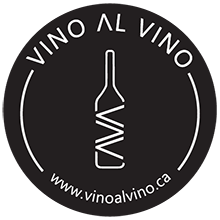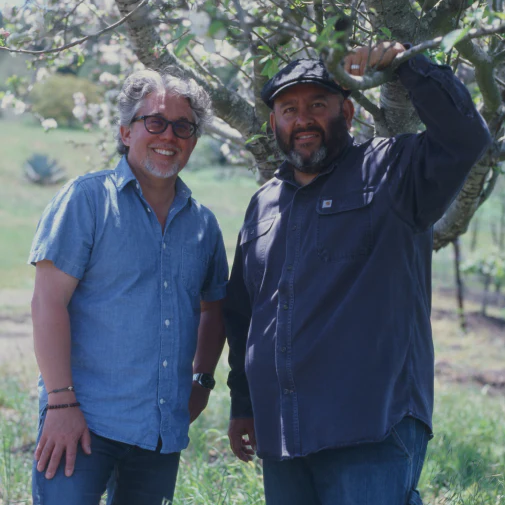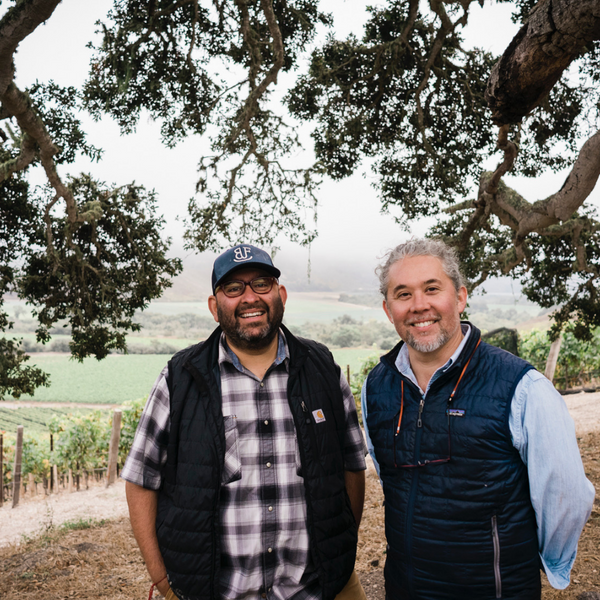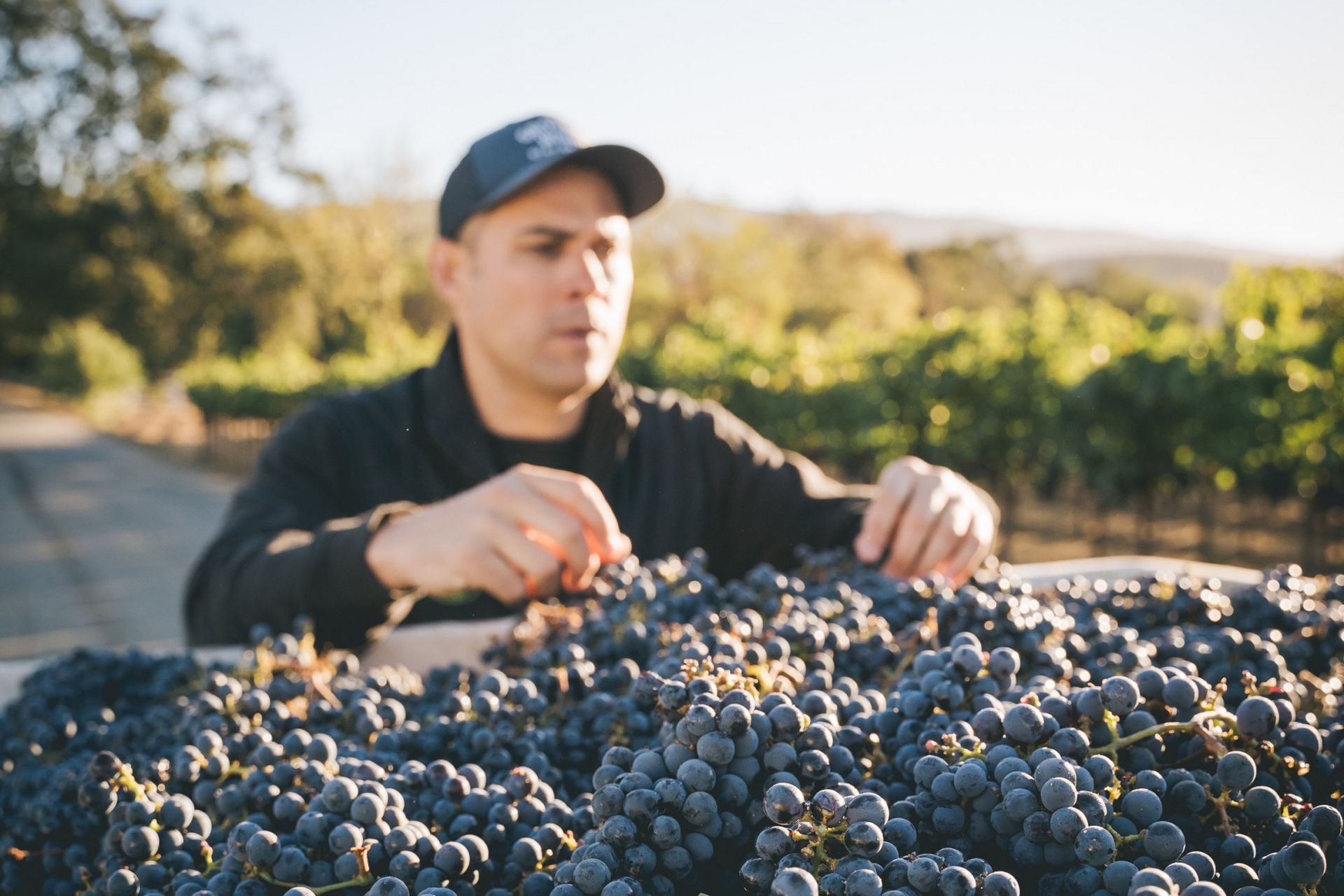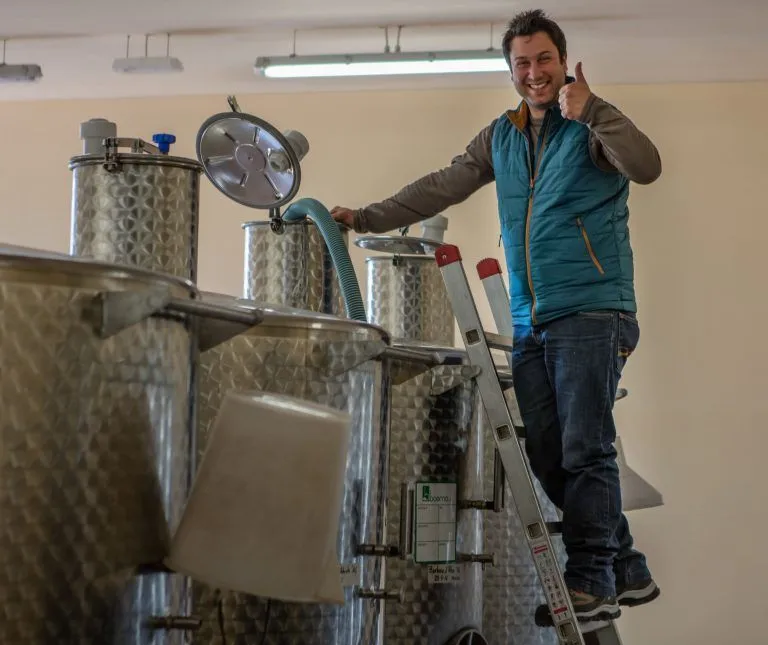De Stefani
Veneto and Friuli, Italy
History & Family Legacy
De Stefani is a historic family wine estate in northeastern Italy, tracing its roots to 1624 in the Veneto region. The winery was officially founded in 1866 by Valeriano De Stefani in the hills of Refrontolo (between Conegliano and Valdobbiadene). Over four generations, the family has upheld an uncompromising dedication to quality. Today, Alessandro De Stefani (fourth generation) leads the estate together with his wife Chiara, carrying forward the vision of his forebears. Under Alessandro’s stewardship, De Stefani has earned an international following for its “natural philosophy” of winemaking – blending tradition with innovation and focusing on native varieties. This visionary approach was ingrained early on: even in the mid-20th century, Tiziano De Stefani (Alessandro’s father) introduced modern techniques like temperature-controlled fermentations, use of small oak barrels, and high-density plantings to elevate quality. The family’s legacy of excellence and bold improvements has firmly placed De Stefani among the elite wine producers of the Veneto (and greater Friuli) region.
Vineyards & Terroir
De Stefani’s estate spans approximately 150 acres (~60 hectares) of vineyards across northeastern Italy. Their holdings encompass key areas of Veneto and extend into Friuli’s borderlands, harnessing a diverse range of terroirs. In the hills of Refrontolo (Treviso province), the family’s historic Colvendrame vineyard lies on the slopes between Conegliano and Valdobbiadene – a picturesque zone recognized as a UNESCO World Heritage site. This elevated cru, where the winery began, is prized for its rare mix of “Caranto” soil (a blend of clay, silt, and Dolomite mineral deposits) that imparts superb character to the wines. Further east and south, De Stefani expanded into the Piave River Valley (province of Venice): notably the Pra’ Longo estate in Monastier di Treviso and the Le Ronche estate in Fossalta di Piave. These vineyards sit between the Adriatic Sea and the Alps, benefiting from a magic microclimate – the Adriatic’s moderating sea breezes and cool air off the Dolomite mountains create large diurnal temperature swings, ideal for grape ripening. From the higher Refrontolo hills (200–300 m elevation) to the lower Piave plains, each site contributes unique attributes. The Caranto-rich soils of the Piave estates (white clay mixed with Alpine minerals) lend structure and minerality, while the hillside plots offer finesse and aromatics. Together, these locations – spanning Veneto’s eastern edge and touching Friuli – allow De Stefani to craft a broad palette of wines that authentically express their origin.
Viticulture & Winemaking Philosophy
From vineyard to cellar, De Stefani emphasizes sustainability, terroir expression, and strict quality control. All farming is organic (with biodynamic principles) – the family has long eschewed herbicides, chemical fertilizers, or any harmful additives in their vineyards. Vines are densely planted (around 8,400 vines/ha) and many are old, naturally yielding a very low crop (only 350–950 grams of grapes per vine) for concentrated flavor. The family has practiced “quality over quantity” for generations, even green-harvesting and limiting yields aggressively to ensure only the best fruit is brought to the winery. This ethos continues in the cellar: fermentations rely exclusively on indigenous yeasts from the grapes, and vinification is done without added sulfites or preservatives (a philosophy De Stefani adopted in 2009). Only a minimal dose of sulfur is added at bottling, resulting in remarkably pure, “natural” wines. The estate has even developed special winemaking techniques – for example, their proprietary “Method Zero” for sparkling wines (a no-sulfite, ancestral approach), as well as the traditional appassimento drying process for certain reds to amplify richness. Notably, De Stefani is a 100% green-powered winery: the estate runs entirely on renewable energy, with 418 solar panels generating all required electricity. This commitment has made the operation fully carbon-neutral in recent years. Every decision, from maintaining biodiversity in the fields to slow, gentle pressings in the winery, is aimed at capturing the essence of the terroir in each bottle. The result is an artisanal range of wines that marry robust regional character with polished, modern winemaking.
Indigenous Varieties & Signature Wines
A cornerstone of De Stefani’s identity is its dedication to indigenous grape varieties of Veneto and Friuli. The family cultivates and champions local grapes that have grown in the region for centuries. Chief among these are the red varieties Marzemino, Raboso Piave, and Refosco dal Peduncolo Rosso, as well as the white grape Glera (for Prosecco) and Friulano (locally called Tai). Many of De Stefani’s wines come from single vineyards to showcase the unique traits of each plot.
Critical Acclaim & Awards
De Stefani’s pursuit of excellence has not gone unnoticed – the winery has garnered extensive critical acclaim in Italy and around the world. Their wines are recommended in all the top wine guides, including international publications like Wine Spectator, Robert Parker’s Wine Advocate, and James Suckling, as well as Italian authorities such as Gambero Rosso, Slow Wine, AIS (Italian Sommelier Association), Daniele Cernilli’s DoctorWine, Luca Maroni, Veronelli, and the Touring Club guides. Many labels have earned highest honors.
- “Kreda” Refosco has been lauded as the Best Refosco in Italy, scoring 96 points in Luca Maroni’s annual index and also earning 93-point ratings from James Suckling and other critics.
- Malanotte del Piave (Raboso) is equally celebrated – the 2019 vintage received 94 points from Luca Maroni and was crowned “Best Raboso in Italy”, alongside a Corona (Gold Crown) distinction as a top wine in the Touring Club’s Vinibuoni d’Italia guide.
- In recent competitions, Kreda 2021 was ranked the 3rd Best Red Wine of Italy overall in Luca Maroni’s 2025 guide
- Malanotte 2019 won the title of Best Raboso del Piave in Italy.
Such accolades are frequent: the estate’s wines regularly score in the 90s and have achieved “Tre Bicchieri” and other gold-medal equivalencies in Italian wine shows. This critical praise reflects the rare personality and quality of De Stefani’s wines – a direct result of the family’s tireless commitment to their land and craft. With a distribution network spanning over 40 countries, De Stefani has firmly put the terroirs of Eastern Veneto (and its Friulian fringe) on the world wine map, offering authentic wines that continue to win over critics and wine lovers alike.
